Disclosure: Please note that some links are affiliate links, and at no additional cost to you, we earn a commission if you make a purchase.
If you would like to support this website in some way, using these links will help do exactly that.
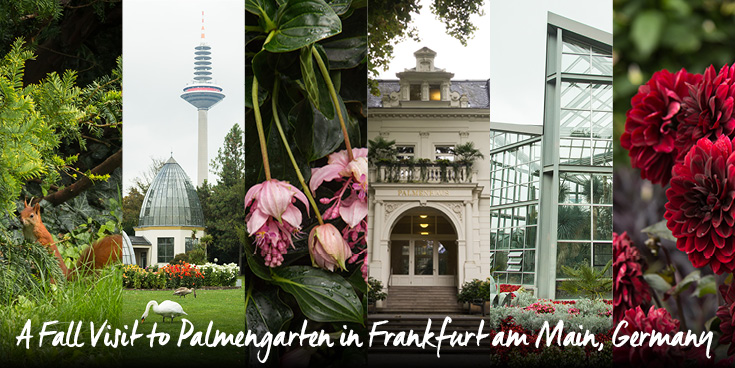
If you’re looking for a tranquil, breath of fresh air while exploring the skyscraper city Frankfurt am Main, I have the place for you. In the middle of the city, is a large, historic, landscaped park showcasing a large greenhouse complex, gardens, playground, lake, and more. Like many of Frankfurt’s attractions, Palmengarten has always been a public park supported by the citizens of Frankfurt. A joint stock company was founded in order to acquire the famous plant collection of the Duke Adolph of Nassau (who found himself on the losing side of a war and needed to sell), and Heinrich Siesmayer, a landscape gardener laid out the initial design for the Palmengarten in 1869 in an English garden style. It's easy to forget that in those times, a majority of the plants on display had never seen before as they were from inaccessible, far away countries. Today, with global travel becoming easier for more people, it's still fascinating to see faraway habits recreated in the middle of Germany. It's possible to visit all of the exhibits in roughly two hours. Check the calendar to see if there are any temporary exhibits being shown in the Palm House.
As a photographer, there was beauty everywhere and I had so much fun shooting plants I’d never seen before in such a calm environment. I’m excited to share my best shots from our visit.
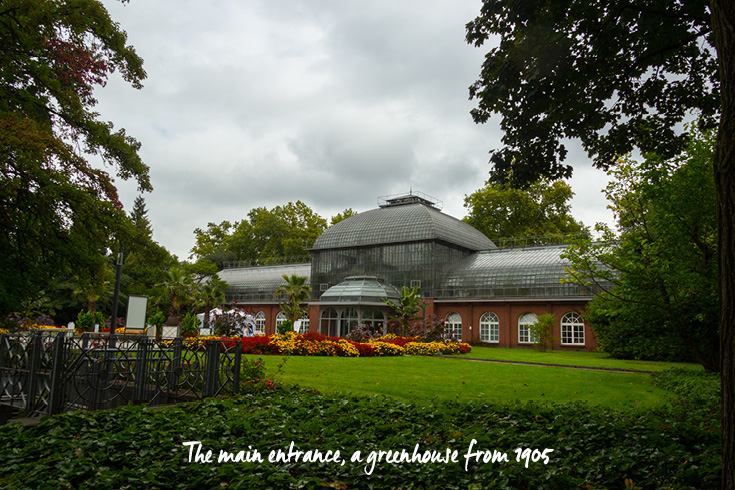
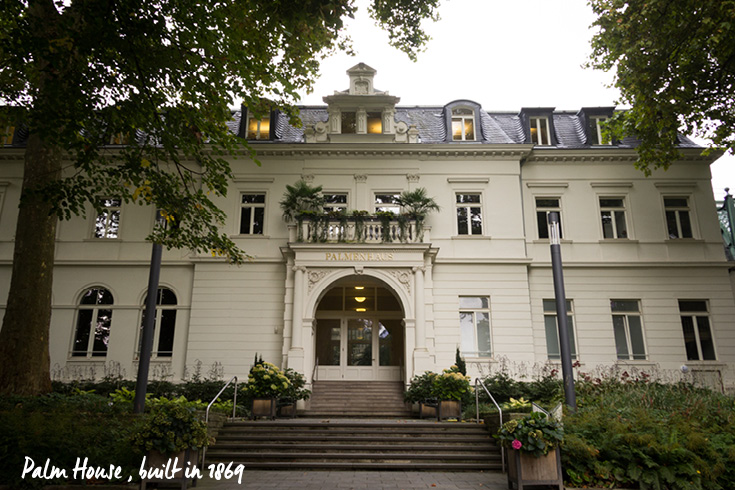
Is There a Rose Garden?
Of course there’s a rose garden. What plant collection would be complete without one? It's peak time is in spring and summer, and a favorite rental space for weddings.
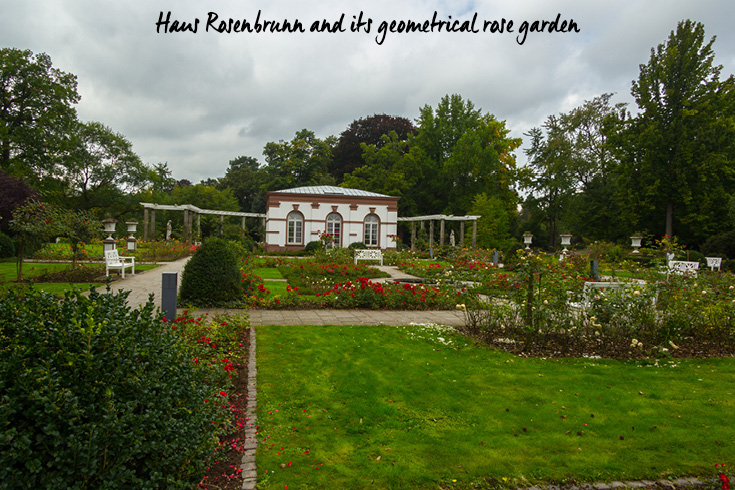
All Year Long
Palmengarten boasts multiple greenhouses, each showcasing habitats from all over the world, even Tazmania and the Arctic! Thanks to the greenhouses, you can enjoy the Palmengarten all year round, no matter the weather. We went in September, and although it was cooler and overcast, the dahlias were in full bloom and we loved visiting the Tropicarium.
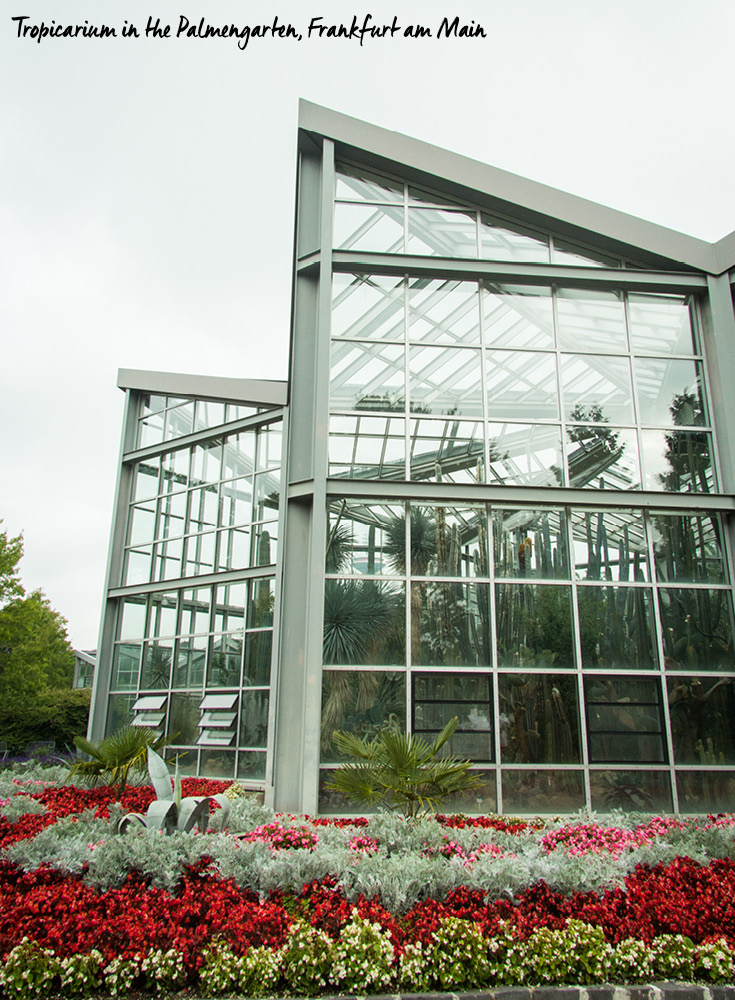
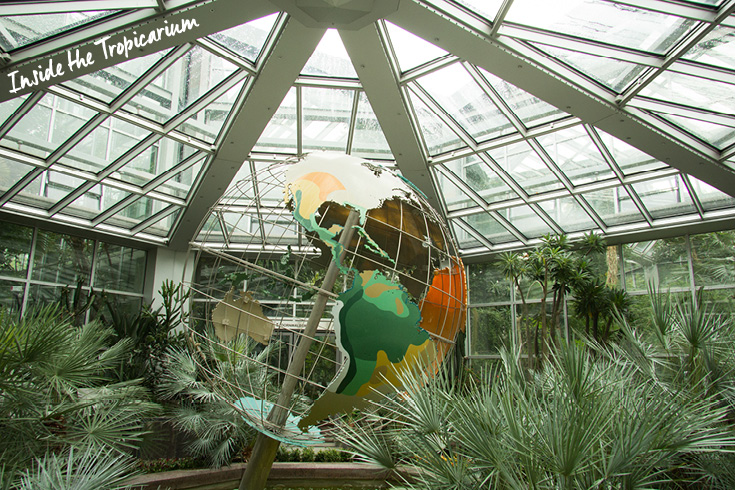
When you enter the Tropicarium, you’re met with an oversized spinning globe, surrounded by plants. From there, you choose which simulated natural habitat you’d like to see, arid or humid. There are semi-desert regions, fog desert, deciduous dry forests and thorn forests in the southern, arid habitats. The monsoon forests, cloud forests, mangrove swamps, and lowland rainforests are in the northern humid habitats. I was delighted to see turtles and birds living inside the greenhouse. The turtles were basking on a log by a fountain.

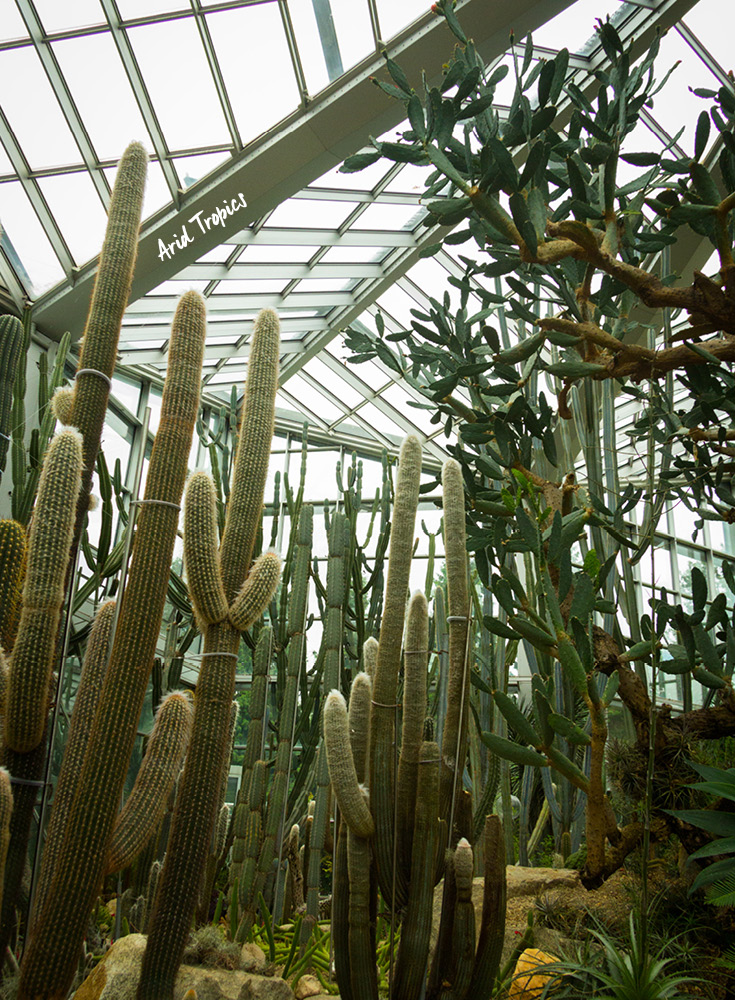
Palmen-Express
I was surprised to see an old fashioned style train. The park is a bit of a walk if you do everything. Palmen-express train connects the northern and southern parts of the park for a small fee. Parents with tired kids will love this, but I was enjoying the long walk personally. It's a cute element to the park.
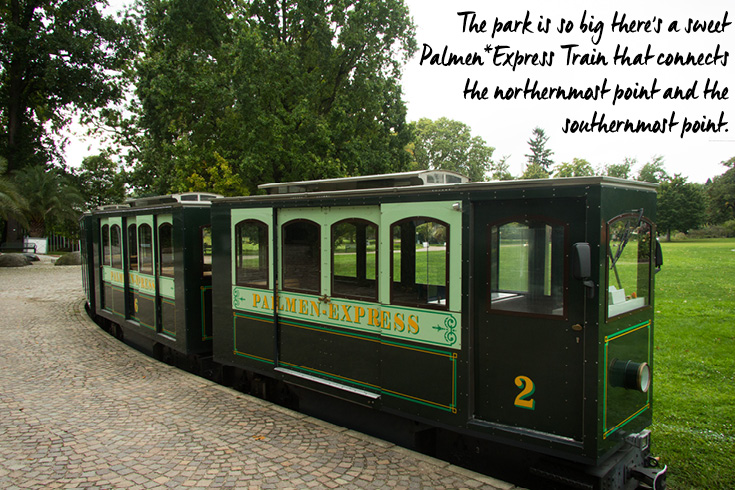
Haus Leonhardsbrunn
One of the best things about visiting Germany in September is that the dahlias are in full bloom. I was in dahlia heaven when we made it to the northernmost part of the park. In front of Haus Leonhardsbrunn was an enormous arched bed of plenty of dahlia varieties. A family of swans were daintily posing on the playing field in front, adding to my photographer’s euphoria.
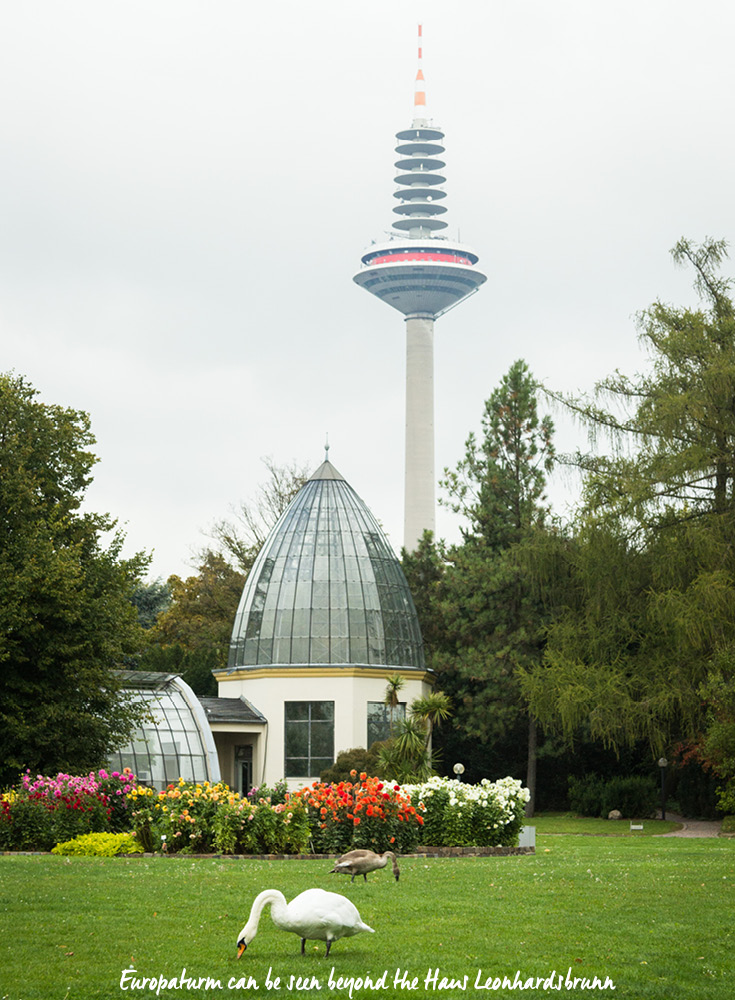

Rock and Heather Garden by the Lake
The Frankfurt Palmengarten could also be a great date destination. In addition to providing a beautiful, calm backdrop, there’s also a large shallow lake which offers paddle boat rentals. Overlooking the lake is the waterfall from the nearby rock and heather garden.
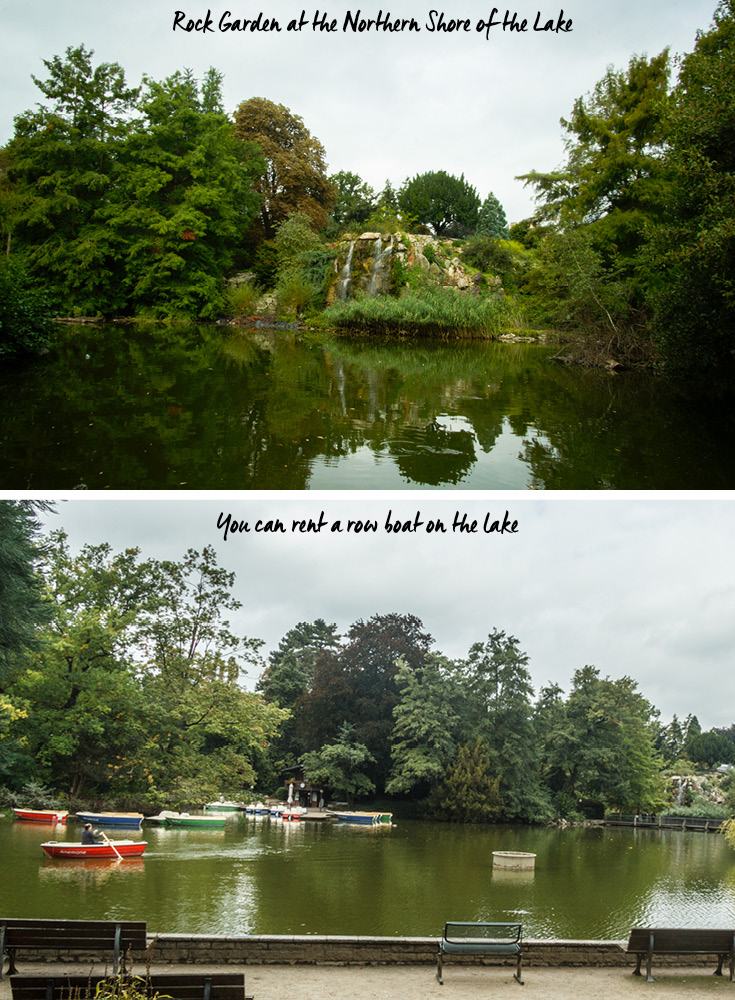
Squirrel Haven
If you want to see red German squirrels, Palmengarten is a great place to spot them. I saw four. Normally I count myself lucky if I spy ONE squirrel in two weeks in Germany.
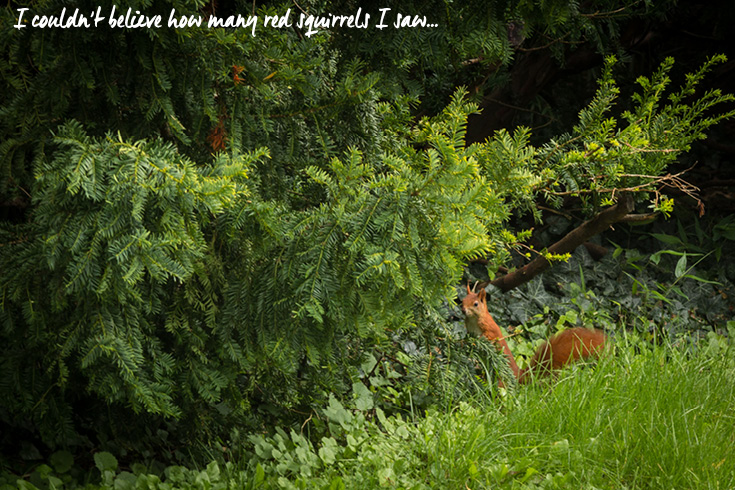
Follow Along
If you enjoyed this article, or these topics sound interesting to you, you'll love our weekly newsletter. You'll receive the newest posts each week and exclusive access to free planning resources like ‘Packing List & Tips for 2 Weeks in Germany’ and ‘Everything You Need to Rent a Car in Germany’.
Thank you for reading!

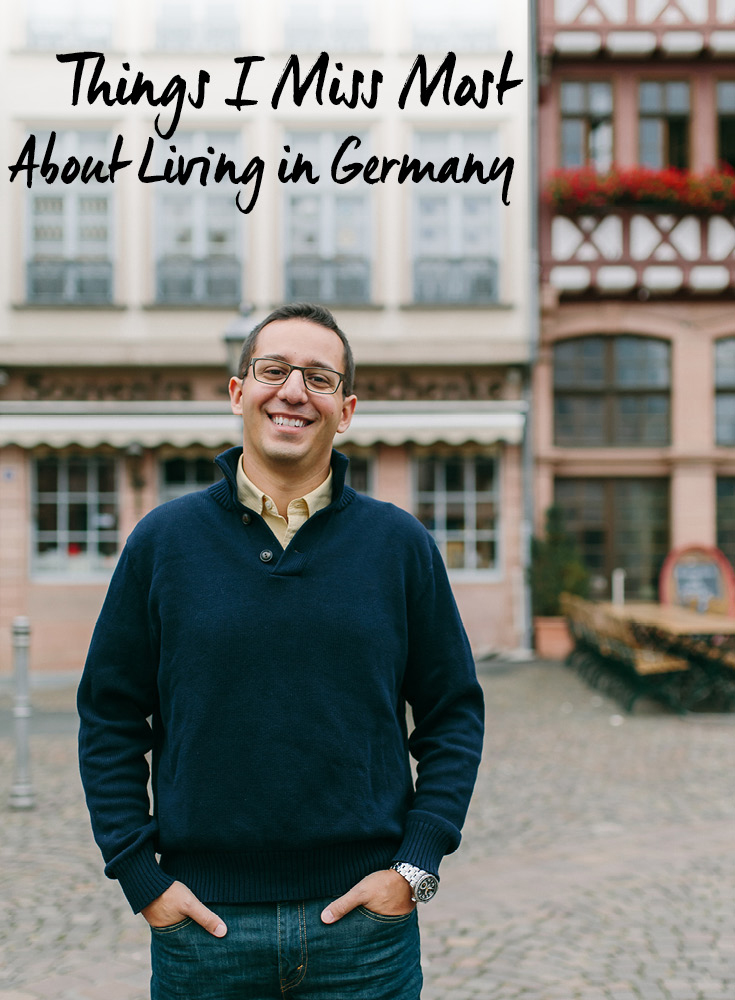
Many ask me why I "emigrated" from Germany to Florida. A totally legitimate question, however, I find the word "emigrate" unsuitable. I never liked it. It sounds so final, and somehow also negative as if I could not or would not want to return. I have not turned my back on the country where I was born.
Recently, I had the rare opportunity to spend almost a month in Germany, seeing my family and meeting friends I have not seen for months or years. I had a great time, ate too much food, and shared awesome stories. Germany is my home, even though my roots are in Florida. This extended visit in Germany reminded me of the things I miss most about living in Germany.
Family & Friends
Pretty obvious, but I felt that this had to be the first item that I mention. I miss sitting in a beer garden and exchanging stories with old friends from my younger years. If you live across the Atlantic ocean, events in your hometown that you would like to take part in are always connected with booking a flight, spending money and spending already limited vacation time. Of course, I try to be at important events, but sometimes it does not work. However, it has been easier to stay in contact than I thought it would be years ago when I left Germany. Today’s technology with video chat and text messages makes them feel closer than they really are. If this would be the 1970’s with letters and expensive phone calls, it would be a lot harder for me to keep close contact.
Late Sunsets
The long evenings with a late sunset are for me the epitome of summer in Germany. It is only after 10pm that the sun begins to set. In Florida we have only about 30 minutes from sunset to total darkness. Too bad.
German Nutella®
Nutella is available in many countries all over the world, also in Florida. But the problem is it tastes different here than in Germany, and that is not imagined. Ferrero, the producer of Nutella, uses a recipe in Germany that is different from that is sold in Italy or the United States: more solid, less sugar, with more cocoa. While the ingredient lists are comparable, they are not the same. Most notably the German version of Nutella uses vegetable oil and the American version uses palm oil, resulting in a more runny, oily texture in the latter.
Tap Water
The tap water in the United States, especially Florida, is much more chlorinated-tasting than the tap water in Germany. I avoid drinking tap water as much as possible and order bottled water at restaurants, even though it costs me every time. But even after more than 11 years with the Florida tap water, I still cringe when I encounter water with a chlorine taste.
Going Fast on the Autobahn
Sunday mornings in Germany, when most people are in bed or in church, is the best time to set your turn signal and move all the way over into the left lane. As an added bonus, many trucks are prohibited from driving on Sundays, which leads to less congestion and open lanes. German drivers are very disciplined when it comes to using the left lane for passing or going fast only. Slower traffic stays to the right, at least most of the time, which cuts down on having to break for a left-lane-lurker every few miles.
German Winters
I miss those long, gray winter days when you do not want to leave the house. At some point you really miss the cold days if you have hot and humid weather for a long time. There is nothing better than to stay on the sofa, look at the snow from a warm room, while sipping a hot tea or coffee. Even better if it is your day off and you have nowhere to be.
What do you miss most about Germany? Let us know in the comments below.
Follow Along
If you enjoyed this article, or these topics sound interesting to you, you'll love our weekly newsletter. You'll receive the newest posts each week and exclusive access to free planning resources like ‘Packing List & Tips for 2 Weeks in Germany’ and ‘Everything You Need to Rent a Car in Germany’.
Thank you for reading!

Disclosure: Please note that some links are affiliate links, and at no additional cost to you, we earn a commission if you make a purchase. I recommend this book because I loved it. I was not asked to review this book, and I purchased my own copy. If you are ready to buy a copy, and would like to support this website in some way, using these links will help do exactly that.
I’m always hunting for historical fiction that enables me to time travel as a fly on the walls of history, forsaking a slice of my present everyday life in glad exchange. If the book provides a peek into German history and culture, I’m all the more curious given my husband’s German heritage.
When I first saw The Women in the Castle by Jessica Shattuck appear in my search results on Amazon, I was leery. Not another World War II novel I sighed. But, by the end of the prologue, I was mesmerized. It explores a facet of German History that I never knew existed. Have you ever thought about the family of the conspirators who tried to assassinate Hitler? I had never contemplated this question. This thoroughly researched novel presents three viewpoints from three very different women. Marianne, the central character, made a promise to the conspirators (her husband and friends who attempted to assassinate Hitler), that if the plan failed she would take care of the families they left behind. When the war ends she finds two other widows and their young kids and for a time they all take refuge and survive the aftermath of World War II in Marianne’s husband’s family castle.
So, What Makes it a Page-Turner?
I finished The Women in the Castle in roughly three days between sightseeing in Germany. There are plot twists and surprises that took me off guard. The characters’ experiences are so diverse, all of which offer new insight into what it must have felt like to live during this period. As a reader of The Women in the Castle, you’ll be in the room of the conspirators who see Hitler as the enemy and are willing to stop at nothing to see him overthrown. You’ll be six years old, living in an orphanage of other resisters’ children, undergoing the very indoctrination the parent died fighting against. You’ll shadow ordinary German citizens who volunteered to lead a Landjahr lager, Country Service Year Camp, propelling Hitler’s vision from the early beginnings of the Reich to the bitter end. Reading this novel changed my perception of the WWII experience for Germans in many ways.
This novel combines research with heart-felt storytelling, intertwined with innovative word choice and marvelous metaphors. For example, on page 24, “Benita was sick to death of desperate people. Berlin was bad enough, with it's carousing Russians and half-starved virgins hidden in cellars, it's countless dead-some still buried in the mountains of rubble-and it's stinking, overcrowded bomb-shelters-turned-refugee-camps. And the route west had been even worse, clogged with all manner of suffering and human detritus. It was if the great continent of Europe had shrugged and sent everyone rolling.”
Also, on page 301, “Sitting here, on this weather-beaten porch, with it's brittle railings and the dull pounding of the sea below, he felt a gray bloom of failure. This was why it had been so long since he had last seen Marianne. She was the gardener of this ugly flower. She knew just how to turn it's face to the sun.”
I highly recommend this book! This also would be a unique gift idea for someone traveling to Germany. I discovered The Women in the Castle by Jessica Shattuck on Amazon. If you’re interested, you can find it on Amazon here, (available on the Kindle, or in hardcover or paperback) or it can also be downloaded from iBooks®.
Do you have any recommendations for historical fiction books set in Germany? I'm always looking for suggestions. Leave a comment below or send us an email.
Follow Along
If you enjoyed this article, or these topics sound interesting to you, you'll love our weekly newsletter. You'll receive the newest posts each week and exclusive access to free planning resources like ‘Packing List & Tips for 2 Weeks in Germany’ and ‘Everything You Need to Rent a Car in Germany’.
Thank you for reading!

